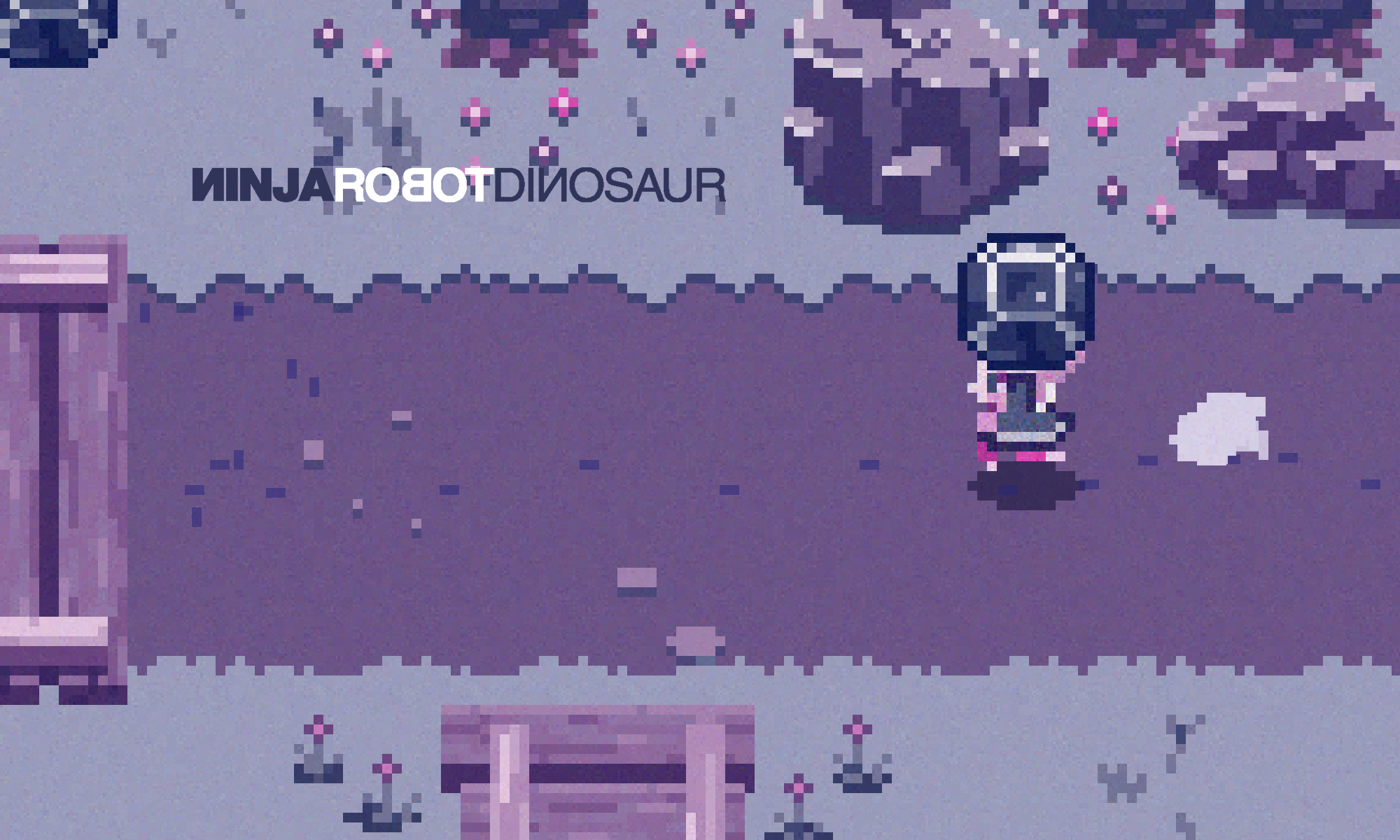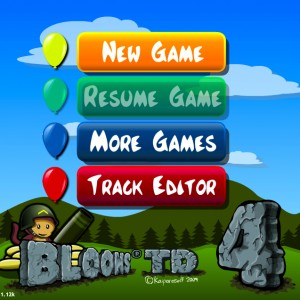The the most common question I get after “You’re doing WHAT?” about why I’m making Flash games is ‘Can you make money doing that?’, or even funnier is when a hippie artist type asks me ‘How are you monetizing your content?’
In the traditional games industry, we are so tied to the business model of “Putting a game on a box on a shelf” that the simple idea that money can be made from games in any other way is completely outlandish. The real “radicals” in the traditional industry are doing ‘digital download’ on XBLA and WiiWare.
But the times, they are a changing. And I love free stuff and I believe that the future of entertainment media is that everything we create will ultimately be available for free in some way, shape or form.
Free: The Future of a Radical Price
While I was on the free bandwagon long before Chris Anderson released his book Free, Anderson helped me cement my ideas and gave me the courage to move forward with my dream of being an indie developer.
I believe that the future of digital media is free. I make digital media for a living and also like having a roof over my head and food in my belly. WIth all of this considered, I decided it was time for a change of tactics in how I approach the business of video games.
I asked my self (and continue to ask myself): What can a game developer do to make a living if their games are free?
Flash and the web are wonderful and fantastic in this regard and in this article I’m going to dip my toes into a few different ways a free Flash game can make money.
Let’s start off with the ‘old guard’ of revenue for Flash games – Sponsorship and Advertising.
1. Sponsorship
Sponsorship and exclusive site licenses are the traditional method that Flash developers who have been making a living doing Flash games have relied on to pay the bills. Fundamentally, it involves putting a splash screen at the start of your game that directs your players to a video game portal site.
If you play a lot of Flash games, names like Armor games, King.com, Kongregate and Addicting Games are probably very familiar.
The process for sponsorships is relatively simple. The developer either:
a) Posts their game to flashgamelicense.com and lets potential suitors bid on the game and discuss sponsorship options.
b) Contacts the sponsors directly through cold-calls or previously existing relationships.
Once the sponsorship deal is in place (ranging from $100-$45,000 with potential for performance bonuses)
the developer puts the splash screen in and any other logo placement that’s been arranged and they release the game.
The sponsor will usually feature it on their site, which can drive a boatload of traffic to your game. In addition the sponsor will often re-distribute your game to other Flash portals.
The average sponsor price for a highly rated game is around $5000. This means that you can eek out a living on sponsorships if you can make a great game every couple of months. It’s not very lucrative, but it’s a living. (High end games can be very lucrative Steambirds was recently offered $45,000 for sponsorship)
The one occasional bad side of sponsorship is that some sponsors are hesitant to allow other revenue streams in your game. Many sponsors have been very frank about their refusal of micro-transactions and advertising in the games they sponsor. I understand and appreciate where they are coming from, but I believe that this attitude enables portals like Kongregate which have a more co-operative and open minded attitude towards the business end to get better games.
For more information on sponsorship, check out flashgamelicense.com. On their blog, FGL also has a great review of their statistics from 2008-2009.
2. Advertising
In addition to sponsor logos at the start of a game, most frequent players will recognize the ads that play during load screens.
Through providers like Mochi Media and Heyzap, developers can put ads in their game to generate revenue. In most cases, it’s a VERY simple task to implement the ads.
Advertising revenue is measured in eCPM which measures the average amount of advertising revenue generated, by region, per 1000 gameplays.
The average eCPM is pretty low – between .15 and 1.00, but it can be higher, depending on the ad and the region it’s playing in.
What this means is that if your game is played 1000 times a day, you might make a dollar. Maybe.
But if your game is played 100,000 times a day (not too unusual in the Flash game world), you can make $50/day.
If you make a game that is successful this can help put food on the table. If not, it still might pay for a trip to Starbucks a couple of times a week.
3. Microtransactions
Microtransactions (or MTX) are widely considered to be the key to the future of financial success of Flash games and it’s hard to argue with the success Zynga and many other Facebook game developers have had with MTX and virtual goods.
The big barrier for indie/solo developers and MTX in the past has been the hassle of security, database and payment processing. This has been getting easier and easier every day since Mochi Coins were announced a almost a year ago. Since then Gamersafe and Heyzap have introduced simple and easy payment solutions (in return for a 30-40% share of the revenue) and some portals, like Kongregate have introduced their own currency system.
For developers that want to be a bit more hands on with databases and payments, Super Rewards and Paypal have both been very active in reaching out to small and indie developers in exchange for a much smaller piece of the pie (4-10%).
The numbers are still a little inconsistent, but developers are reporting that 1-4% of their customers use MTX. eCPM reports range from $1.50-$20, and I believe this has a lot to do with the design of your game and suitability for MTX.
A lot of developers are cramming MTX onto a non-MTX game and if you are using MTX as a business model, the core of your game design needs to keep that in mind.
If you have an eCPM of $4.00 and your game is played 100,000 times/day, that’s $400.00/day. That’s pretty good.
4. Premium Digital Download
While this is another model that many portals frown upon because it takes the players away from their site to play your game (but you can sometimes negotiate sharing a percentage of sales with the portal), the option of extending a game by offering a paid version of the game has been very lucrative for some developers.
The paid version is generally priced between $10-15 can range from a level builder, additional content, HD content or a radically different game. Fantastic Contraption, VVVVVV and Now Boarding have all used this method.
An interesting evolution of the premium download is the premium unlock, where the player pays a one time fee to unlock the whole game. VVVVVV which is available as a download, is also available as a not-so-micro-transaction unlockable on Kongregate and Captain Forever lets you unlock Captain Successor for $20.
5. Merchandice
The final option that I see very few people doing in the game space is creating t-shirts, toys and other merch to sell. To me, this feels like a no-brainer, especially in free-to-play. The inspiration comes from the webcomic world where Penny-Arcade, PvP, XKCD, Dr. McNinja, Diesel Sweeties and dozens more make a large portion of their living by giving their comic away for free and selling t-shirts and other physical merchandise to their fans.
The interesting thing about most merchandise is that the majority has nothing to do with the webcomic itself, rather, the products reflect the interests of their readers. Penny Arcade’s readers are fans of video games, so most of their merchandise reflects this.
I believe that the potential of merchandise in the Flash game space is tremendous. Some people are strongly opposed to micro-transactions regardless of how much they love your game, but wouldn’t have a problem dropping $20 on a t-shirt.
Webcomic creators report a conversion of 3-5% from reader to paying customer with an average order of $25. Because Flash games have a more global audience (and one that can’t fathom the idea of a t-shirt costing $20), a 1% conversion rate might be more suitable to Flash game players.
Merchandise might be scary for people who have never printed a shirt before, but it’s extremely easy, the internet is filled with tutorials and your local screenprinter should be more than happy to help you get set up.
Putting it all Together
Five simple, easy and cheap ways to generate revenue from a free Flash game.
On their own, each has the potential to generate a livable (in some cases, barely-livable) wage for their creator if it achieves a moderate level of success. If a game is a tremendous success (see Fantastic Contraption, Desktop Tower Defense and Farmville), they can be VERY lucrative for their creators.
And just like any other part of the game industry, a game isn’t successful unless it is fun, polished and appealing. In other words – your game needs to be good. A lot of people have approached me with concern about the HUGE amount of ‘basement weekend’ games that look bad, play worse and have audio that makes you grate your teeth. The nice part of the Flash world is that it has a very democratic way of allowing the best games to rise above the rest. Portals have become surprisingly effective at rating games and promoting the ones with the best ratings.
Sources:
Steambirds by the Numbers – Andy Moore
Love Letter to Flash pt. 1 and pt. 2 by Dan Cooke
Looking Back at 2009: Trends and Statistics by Flash Game License
Panel: Money in Flash: Next Gen Monetization – Flash Game Summit
Panel: Monetizing Your Game Outside of Sponsorship – Flash Game Summit
Panel: Everything About Sponsorship and Licensing – Flash Game Summit
The Ups and Downs of Getting a Premium Flash Game to Success – Flash Game Summit
Webcomics.com – the business and art of making webcomics
Other Flash Tactics Posts:
Flash Tactics #1: The Most Accessible Game Platform in the World.






Nice post, very accurate breakdown of each possible route. Take a look at one of my latest posts, Microtransactions Need Persistance, I think you’ll find it a good read on the matter. Kudos on the awesome article, that’ll help anyone looking to jump into the industry for sure.